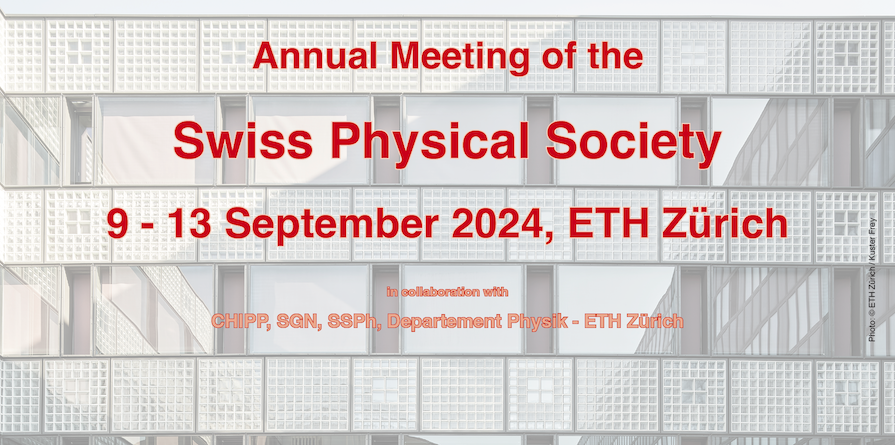Speaker
Description
The cytoskeleton and molecular motors play a critical role in the spatial and functional organization of living cells. However, the corresponding molecular interactions are often not directly observable in vivo. Here, we use two examples to discuss how biophysical models can help inferring biological mechanisms from experimental observations. The first example in budding yeast demonstrates how special cellular structures can remotely control the dynamics of cytoskeletal components, motors, and their cargos, to individualize cytoskeletal structures and thereby support asymmetric cell division. The second example describes an experimentally supported, multiscale kinetics model that elucidates mechanisms of influenza A virus infection in cells, where molecular motors can physically break the viral capsid in a tug-of-war mechanism. By elucidating a crucial coordination of physical and chemical processes, the identified mechanisms and models could help formulate novel strategies for fundamental biological research and for antiviral treatment, respectively.
